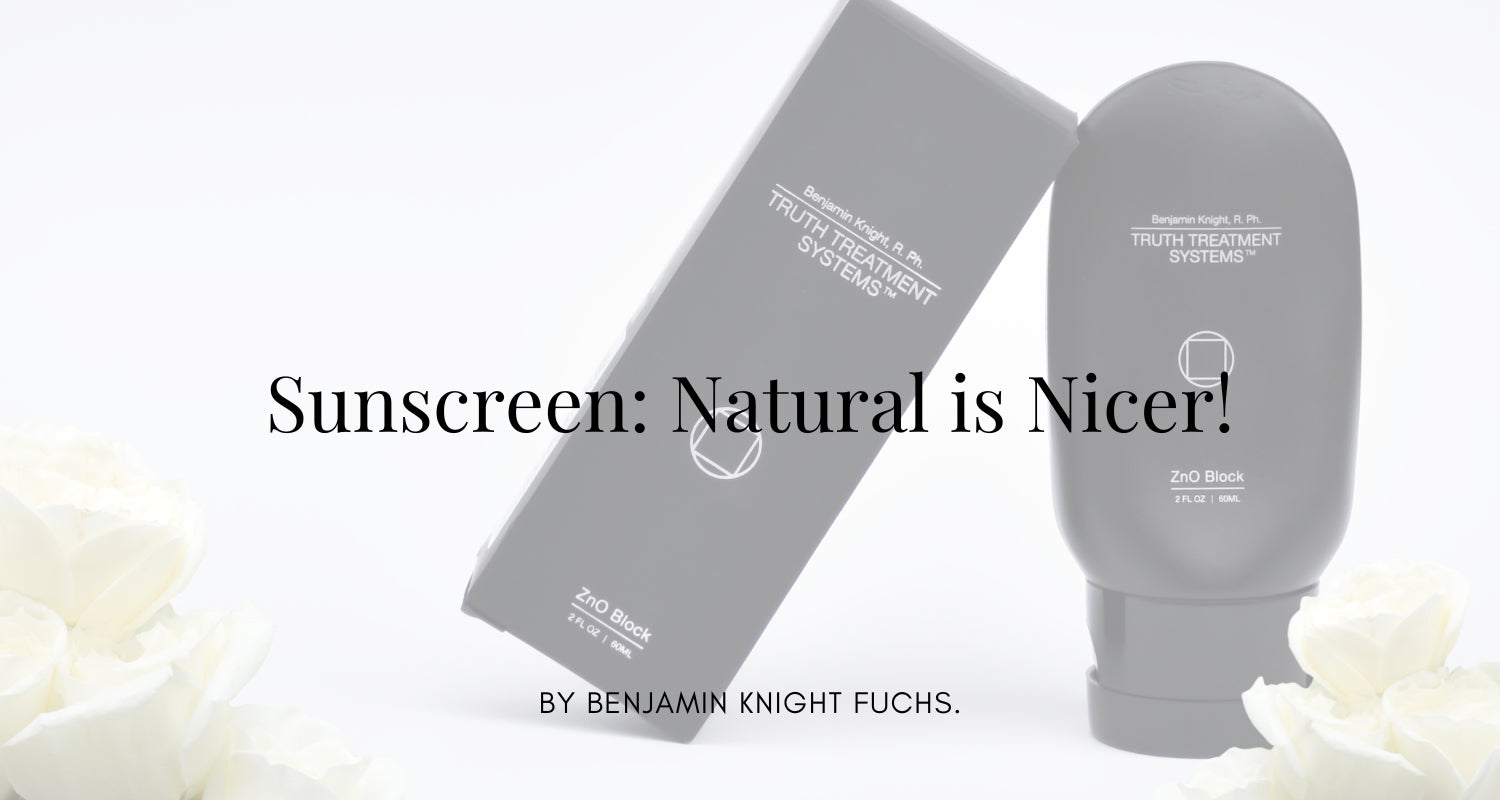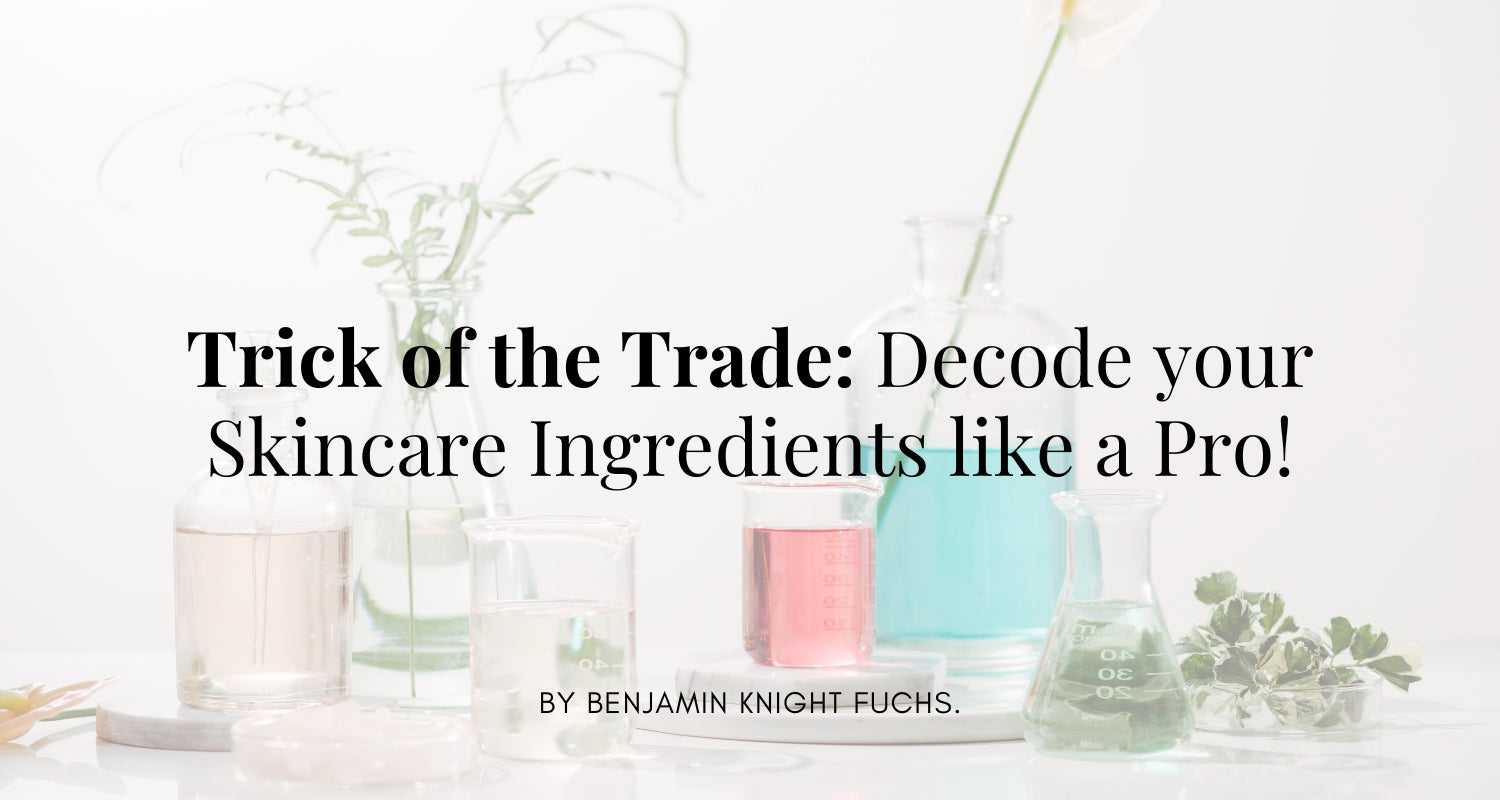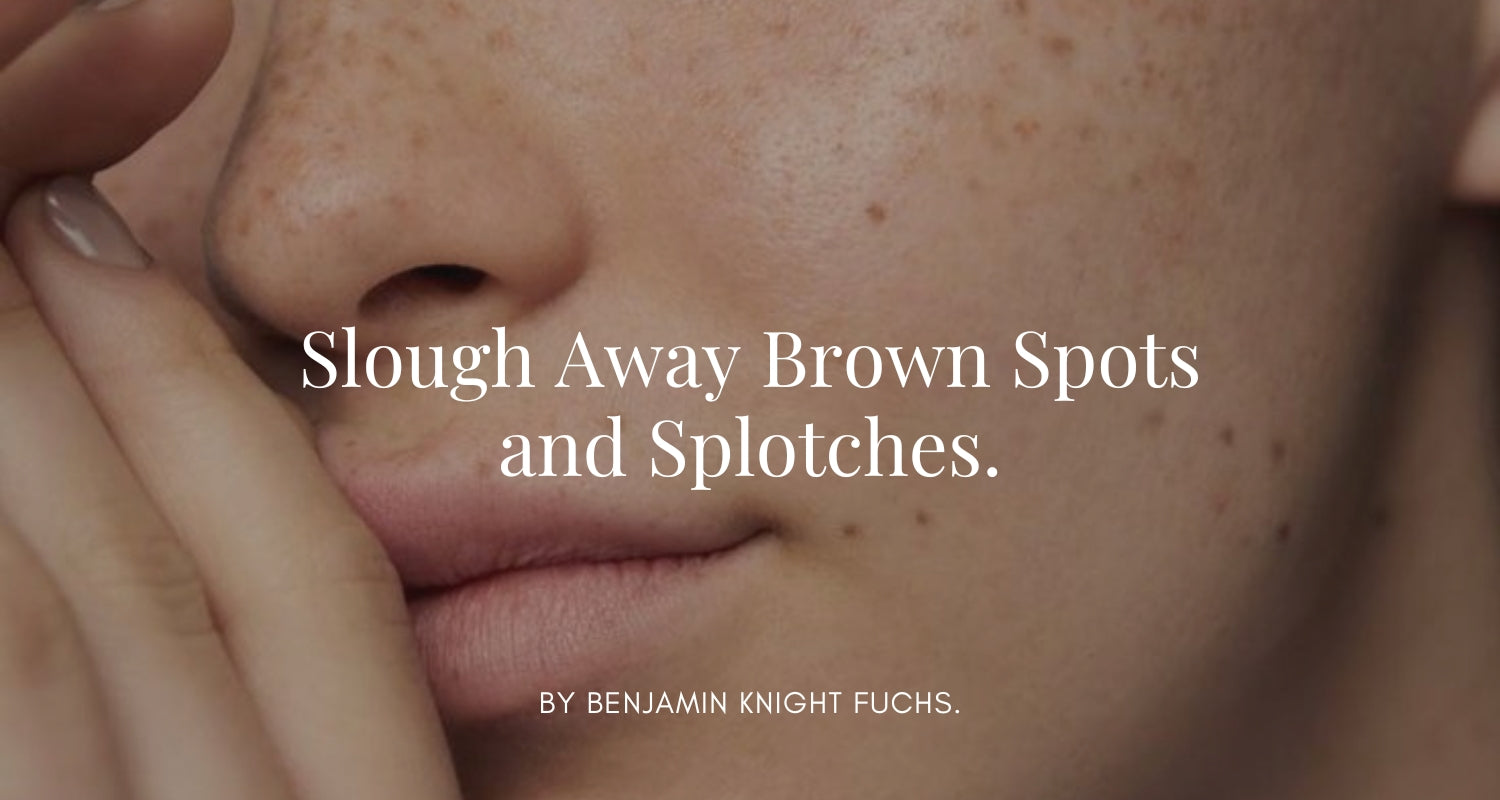
Sunscreen: Natural is Nicer!
Since they feel relatively lightweight on skin and don’t leave a greasy white residue behind, chemical sunscreen formulations dominate the U.S. market. But the truth is that they are likely not doing us any favors.
Chemical sunscreens work by absorbing UV radiation to prevent it from penetrating skin. But many of the most common ones such as homosalate, octisalate, octinoxate and oxybenzone have been shown to cause allergic reactions and/or disrupt our hormones. Research also reveals that oxybenzone may damage our coral reefs.
To add insult to injury, these ingredients only shield us from UVB rays—the ones that cause sunburns and pre-cancerous growths --while failing to protect us against UVA rays--the main culprits behind aging and skin cancers, including melanoma.
Meanwhile, avobenzone, which is less harmful than other sun-blocking chemicals, though still can be irritating, does have FDA-approval for blocking UVA rays. But since it easily breaks down in sunlight becoming ineffective, avobenzone-based formulations typically include octocrylene, a potentially irritating chemical stabilizer.
Titanium dioxide and zinc oxide, which have natural UV filters that reflect, scatter and block the sun’s rays, are the only natural FDA-approved sun blocks. Zinc oxide is considered the gold standard in UVA protection. Both of these minerals are also far less likely to cause allergic reactions or irritations than their chemical counterparts and there is little, if any, evidence of any unhealthy side-effects from using them. Some of my other favorite natural sun-smart solutions include:
- Keeping Covered: The EWG (Environmental Working Group) estimates that wearing shorts, shirts and hats in the sun reduces our risk of sun damage by 27%. And don’t forget those shades.
- Fighting Damage from the Inside Out: Antioxidant-rich summer fruits and vegetable such as tomatoes, carrots, watermelons, strawberries, kiwis and cantaloupe not only help fight free radicals but also can repair sun damage and, in some instances, even block the development of skin cancer cells.
- Seeking Shade: Slipping under an umbrella or large, leafy tree, or taking refuge inside with the A.C. are sure fire ways to not get burnt by the sun.
Thanks,
Ben


